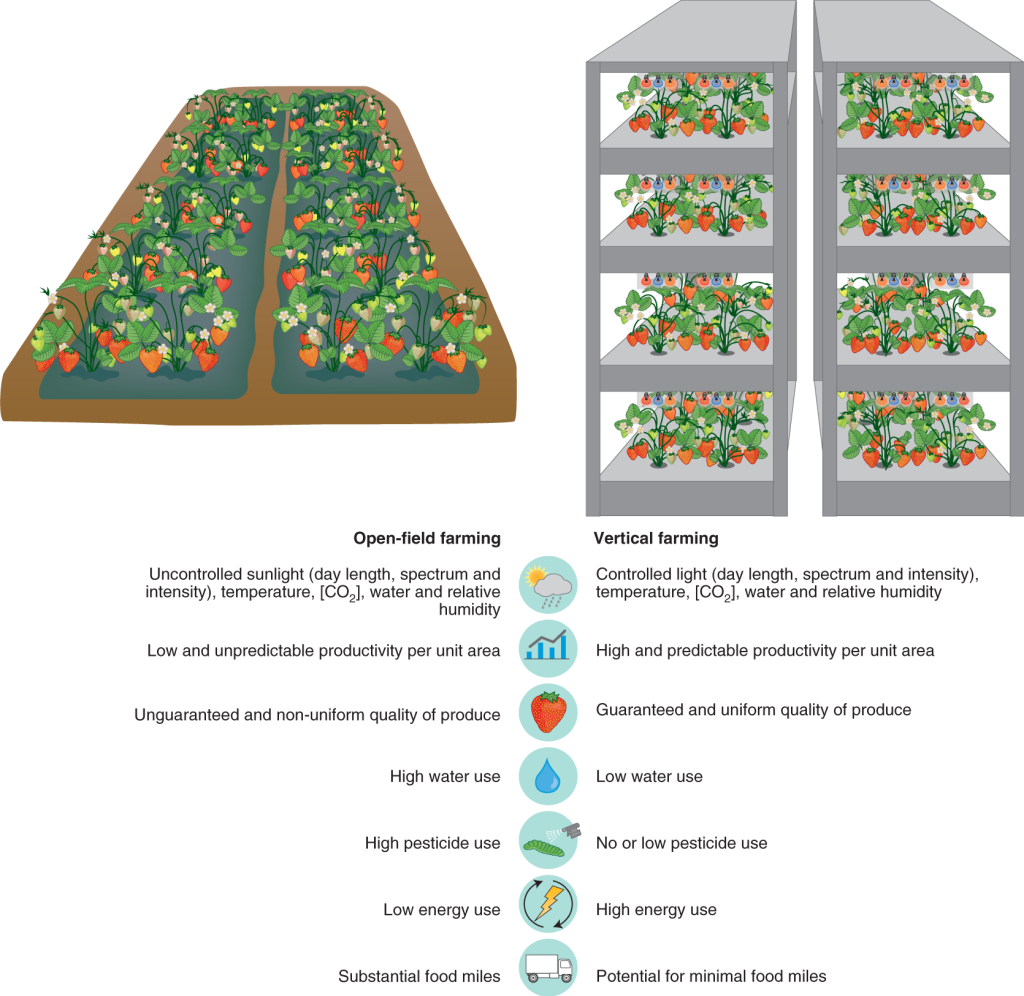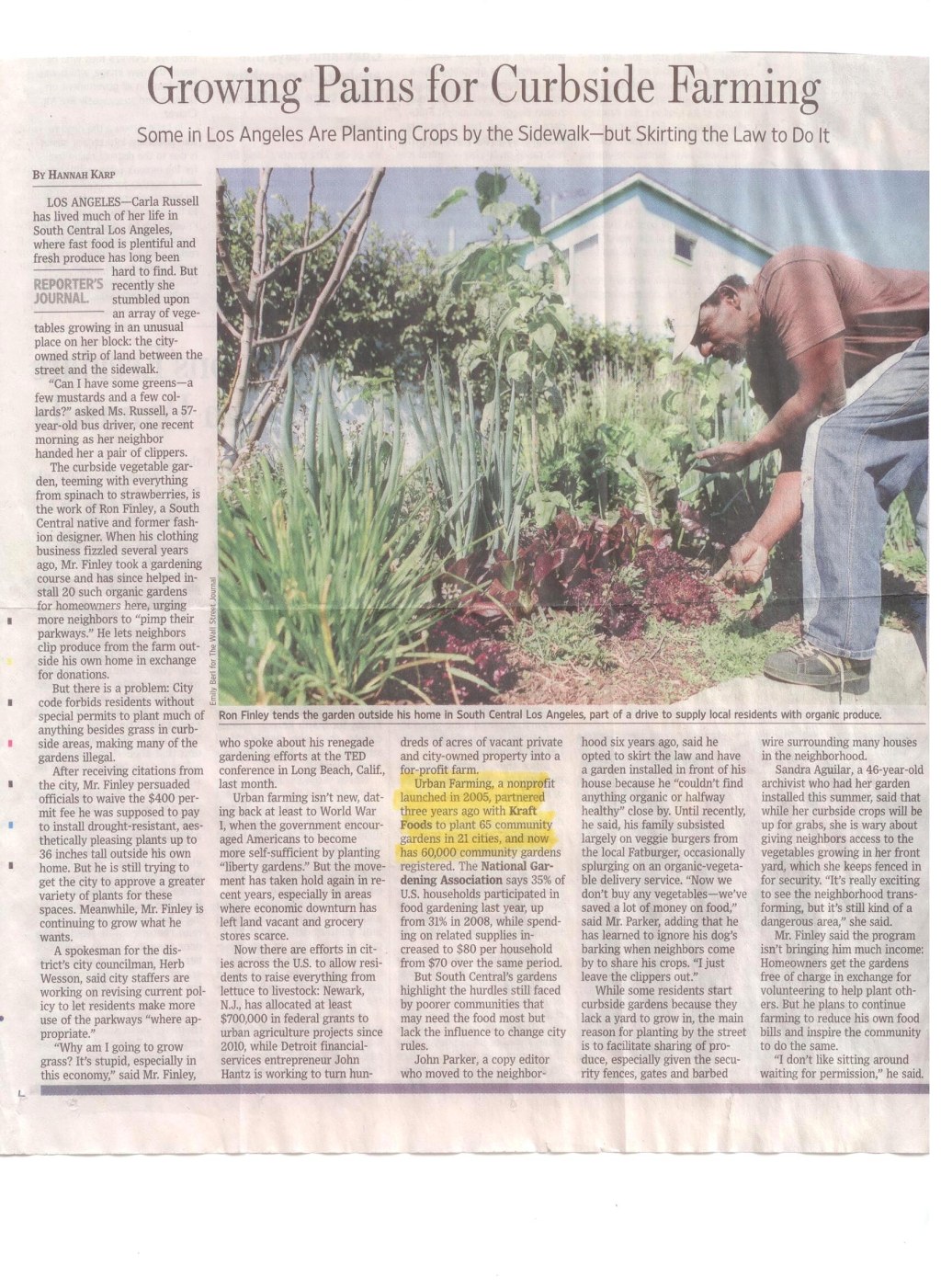Unveiling The Urban Farming Journal: Your Ultimate Guide To Cultivating A Thriving Urban Garden
Urban Farming Journal: Cultivating Sustainable Cities
Introduction
Dear Readers,
2 Picture Gallery: Unveiling The Urban Farming Journal: Your Ultimate Guide To Cultivating A Thriving Urban Garden


Welcome to the Urban Farming Journal, an online publication dedicated to exploring the world of urban agriculture and its impact on sustainable living. In this journal, we delve into the various aspects of urban farming, including its benefits, challenges, and the innovative practices being adopted worldwide. Whether you are a seasoned urban farmer, a curious observer, or someone looking to embark on their own urban farming journey, we hope this journal serves as a valuable resource for you.

Image Source: springernature.com
Now, let’s dive into the fascinating world of urban farming!
What is Urban Farming?
🌱 Urban farming is the practice of cultivating and growing food and other agricultural products in urban areas. It involves utilizing both traditional and innovative farming techniques to transform unused spaces, such as rooftops, balconies, and vacant lots, into productive farming areas. Urban farming plays a crucial role in promoting local food production, reducing food miles, and increasing food security in cities.
Who is Involved in Urban Farming?
👥 Urban farming is not limited to professional farmers or agricultural experts. It is a movement embraced by a diverse group of individuals, including passionate gardeners, community organizations, non-profit initiatives, and even local businesses. Schools, universities, and research institutions also contribute to urban farming through educational programs and cutting-edge research.
When Did Urban Farming Gain Popularity?

Image Source: amazonaws.com
⏰ Urban farming has a long history, dating back to ancient civilizations where rooftop gardens and terraces were common. However, it gained significant momentum in recent decades as a response to the growing concerns over food security, climate change, and the desire for sustainable living. Today, urban farming is a global phenomenon, with cities around the world embracing this innovative approach to agriculture.
Where Does Urban Farming Take Place?
🏙️ Urban farming can be found in cities across the globe, from sprawling metropolises to smaller urban communities. It thrives in both developed and developing countries, adapting to the unique characteristics and challenges each city presents. From New York City’s rooftop gardens to Singapore’s vertical farms, urban farming is reshaping urban landscapes and transforming unused spaces into vibrant agricultural hubs.
Why is Urban Farming Important?
❓ Urban farming offers a multitude of benefits, making it a crucial component of sustainable cities. Firstly, it promotes local food production, reducing dependence on long-distance transportation and decreasing the carbon footprint associated with food. Additionally, urban farming enhances food security by providing communities with access to fresh, nutritious produce. It also fosters community engagement, promotes biodiversity, and improves urban air quality.
How Does Urban Farming Work?
🚜 Urban farming employs a variety of innovative techniques tailored to urban environments. These include vertical farming, hydroponics, aquaponics, and rooftop gardens. Vertical farming utilizes stacked layers to maximize space efficiency, while hydroponics and aquaponics allow plants to grow without soil. Rooftop gardens utilize underutilized spaces to create green oases within concrete jungles. By integrating these techniques, urban farmers can maximize productivity and minimize resource usage.
Advantages and Disadvantages of Urban Farming
Advantages:
🌿 Increased access to fresh, locally grown produce, improving nutrition and health in urban communities.
🌎 Reduces food miles and carbon emissions associated with long-distance transportation of food.
🏙️ Utilizes underutilized urban spaces, transforming rooftops, balconies, and vacant lots into productive agricultural areas.
🌱 Promotes community engagement, fostering social cohesion and creating shared spaces for interaction.
🌍 Enhances urban resilience by increasing food security and reducing dependence on external food sources.
Disadvantages:
🌧️ Limited land availability in urban areas, making it challenging to scale up production.
📉 High initial investment costs for specialized equipment and infrastructure.
🌡️ Urban microclimates may create challenges for plant growth and require additional climate control measures.
👩🌾 Requires specific knowledge and expertise in urban agriculture techniques.
🐛 Pest and disease management can be more challenging in urban environments.
Frequently Asked Questions
Q: Can urban farming be profitable?
A: Yes, urban farming can be a profitable venture, especially when focusing on high-value crops, selling directly to consumers, or establishing partnerships with local businesses.
Q: How can I start my own urban farm?
A: Starting an urban farm requires careful planning, research, and obtaining necessary permits. Begin by assessing available space, selecting suitable crops, and considering the resources and techniques you will use.
Q: What are the potential challenges of urban farming?
A: Challenges may include limited space, zoning regulations, access to water and electricity, climate control, and addressing potential issues related to pests and diseases.
Q: How can urban farming contribute to sustainable cities?
A: Urban farming promotes sustainable cities by reducing food miles, enhancing food security, improving urban air quality, creating green spaces, and fostering community engagement.
Q: Can urban farming be practiced in all cities?
A: While urban farming can be adapted to suit various urban environments, some cities may face challenges due to limited space, zoning regulations, and other constraints. However, creative solutions and innovative techniques can help overcome these obstacles.
Conclusion
In conclusion, urban farming presents an exciting opportunity to transform our cities into sustainable, resilient, and vibrant spaces. By harnessing the power of innovative farming techniques and utilizing underutilized urban spaces, we can cultivate a greener future for generations to come. Whether you are an urban farmer, an urban dweller interested in sustainability, or simply curious about the possibilities, we hope this journal has provided valuable insights and inspiration.
Final Remarks
Dear Readers,
Thank you for joining us on this journey through the world of urban farming. As with any agricultural practice, urban farming comes with its own set of challenges and rewards. It requires dedication, innovation, and a deep commitment to sustainability. We encourage you to explore further, engage with your local urban farming community, and consider how you can contribute to the growth of sustainable cities.
Remember, the power to create change lies in our hands. Let’s cultivate a greener, healthier future together!
This post topic: Gardens


